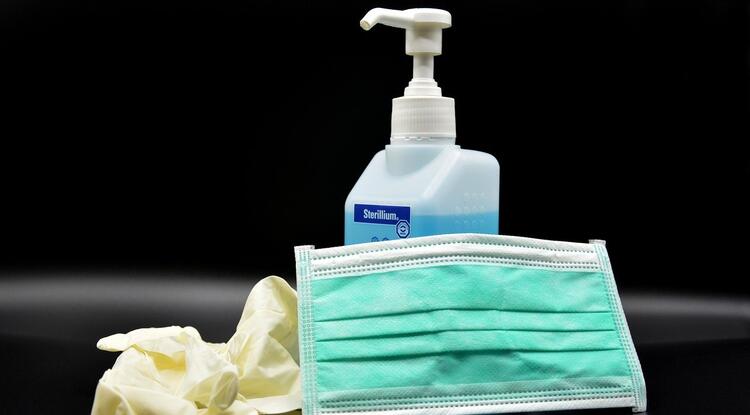-

- Jul 01, 2020
- Default Admin User
Harm reduction is a philosophy and a way of approaching life. It informs policies, programs, and practices that aim to mitigate the harms of inherently or potentially dangerous activities. Harm reduction is evidence-based, stigma-free, and social justice-oriented. Public health professionals and academic institutions across the globe support harm reduction strategies.
Most US drug laws – particularly those written in the late ’80s and early ’90s – were written with the intent of suppressing the anti-war Left and Black revolutionary movements. Rather than reduce problematic drug use and improve public health, these laws reinforce social inequities that fall hardest on people living in poverty and people of color. Lawmakers claimed punitive retribution would deter drug use, but harsh punishments for illegal drug possession, poor regulations on legal drugs, and a disregard for science have contributed to the tragic outcomes affecting nearly every American today. We are home to 4% of the global population and 27% of the world’s drug overdoses. We have an opioid overdose death rate more than twice that of any other country.What constitutes as harm reduction for drug users varies based on the type(s) of drugs being consumed, the settings in which those drugs are used, how they are ingested, and by whom. Risk is, of course, also present in the selling/purchasing context.
Harm reduction is a necessary component of ending America's drug problems. In practice, harm reduction guides policies and programs that address specific issues. For example, people who inject opioids benefit from syringe access programs (SAPs), which provide sterile syringes and injection education to participants. Access to sterile injection equipment and proper disposal reduces disease transmission among people who inject drugs and their communities, improving public health for entire populations. SAP participants are also five times as likely to enter treatment than their non-SAP participant peers.
Ideal harm reduction for psychedelic drugs often involves peer support. Zendo -- one of our partners -- provides trained peer support services to people at festivals and events. Overwhelmed with sensory input, psychedelics can cause anxiety, disorientation, and erratic behavior. In extreme cases, the person may have a mental health crisis. A safe place to cool down and talk to an experienced caregiver is usually sufficient to de-escalate overstimulation and help the person learn from a difficult experience. When situations escalate into medical emergencies, their proximity to medical services allows for a quick transfer of care.Some drugs, including cocaine and ketamine, are commonly consumed by snorting a powder form of the substance into the nose (“insufflating”). Sinuses are extremely sensitive, so if a powder isn’t completely crushed, users can experience painful cuts. Because the nose is a mucous membrane, sharing a snorting utensil -- such as a spoon or straw -- can allow hepatitis and other infections to pass from one person with an open wound to another. Infectious particles may be present on a straw even if it can’t be seen with our eyes. Regardless of whether a person shares their snorting device, open sinus wounds increase users’ risk of simply catching a cold. Insufflating drug users can reduce their risk of disease transmission and sinus infections by always using a clean snorting device and never sharing snorting devices.
If you’re not a drug user, harm reduction might be more familiar to you in other environments or activities. Here are a few examples:- Masks and hand sanitizer to prevent the spread of COVID-19 and other illnesses!
- Seat belts and seat belt laws
- Car seats for toddlers
- Helmets, knee pads, and elbow pads
- Condoms & hormonal birth control
- Smoke alarms & sprinkler systems
- Fire escape plans
- Emergency exit doors
- Protective eyewear
- Steel-toed boots and hard hats
- Health warnings on tobacco packaging
Harm reduction programs and educators have fought against drug prohibition while also fighting for the right to provide basic health education and services to vulnerable populations.
Read more about the principles and goals of harm reduction here.



